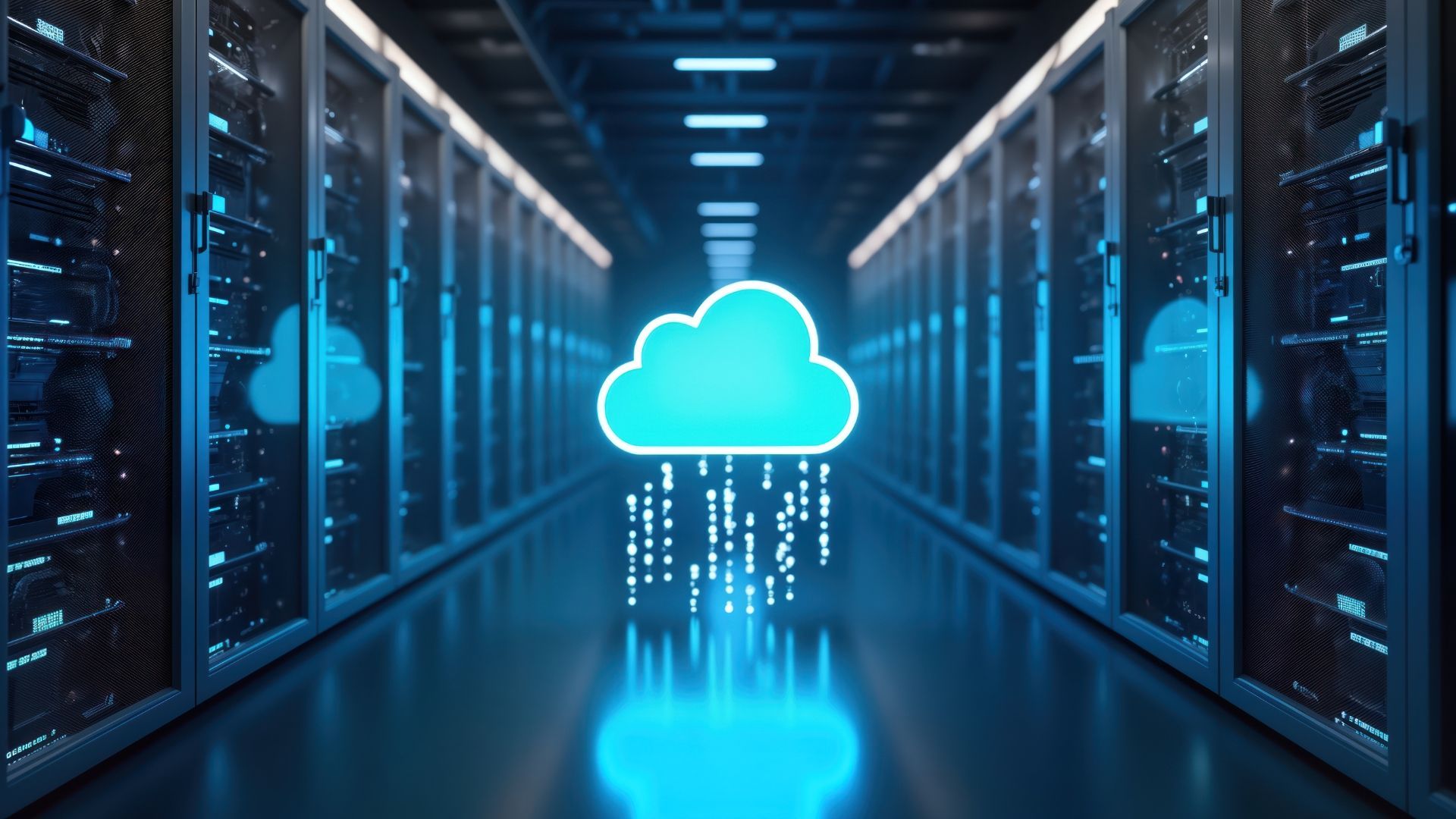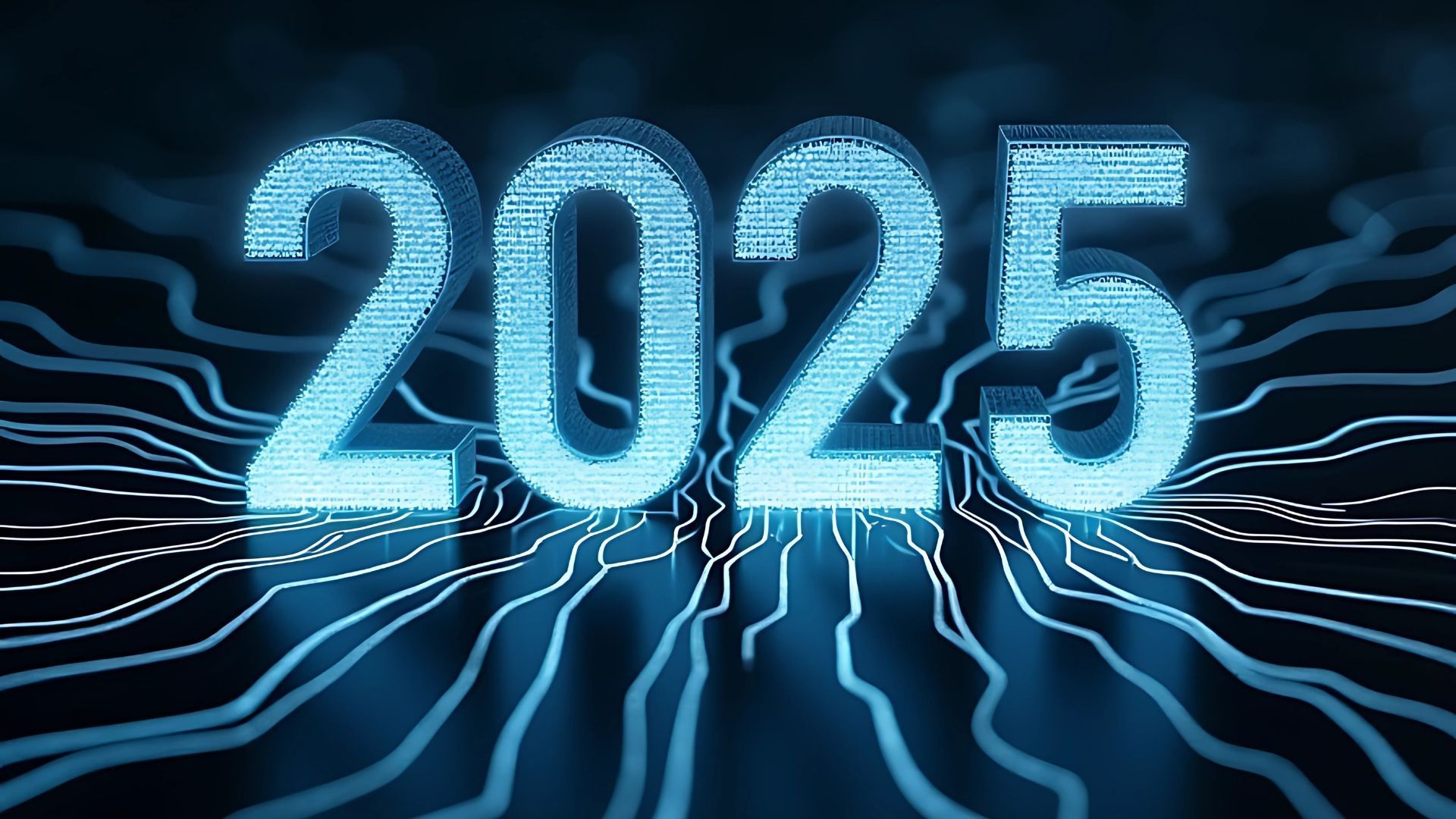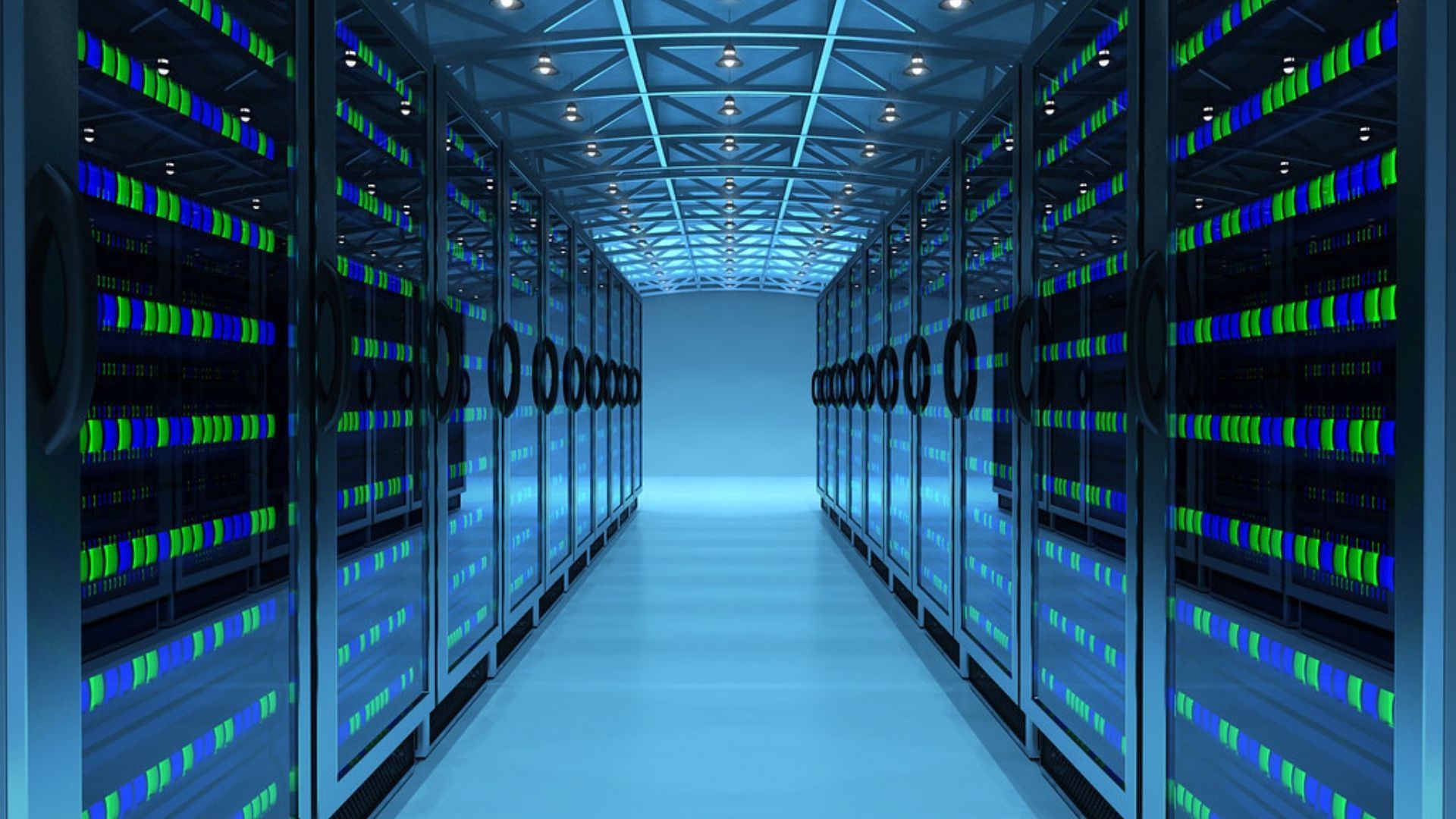The cloud and sustainability
Can the cloud become sustainable? It might be the most sustainable option we have. Learn why in our guide to cloud computing and the environment.
If you're familiar with cloud computing, you'll know that data centres can get very big – and very power-hungry.
According to
the International Energy Agency, data centres account for 1-1.5% of global electricity use. That might not seem like much, but when you consider that the world used 25,300 terawatt hours of electricity in 2021, that single percentage point starts to look a little less benign.
(To put things into perspective, an LED light bulb consumes around 146 kilowatt hours per year. So 25,300 terawatt hours is enough to power 173 billion light bulbs.)
Is this cause for concern? Are we entering an upward spiral of cloud energy demand that will suck our planet as dry as a salty sultana?
Not necessarily. Because while these figures might look scary, they conceal a simple truth: cloud computing is, generally speaking, more energy efficient than traditional computing.
Hyperscale is hyper-efficient
Cloud data centres swallow up huge amounts of energy, but the alternative is even worse.
On-premise data centres are inefficient. They suffer from a tendency for companies to over-provision – to install more hardware than necessary, on the basis that it gives them room to expand.
A single over-provisioned data centre won't have much impact. It will increase operating costs for the organisation but, in terms of global energy usage, it's a drop in the ocean.
But there are scores of on-prem data centres worldwide, each potentially as inefficient as the next. That's bad news for Planet Earth.
Hyperscale data centres are a different story. They house thousands of servers, sure, but those servers are designed to be used. By consolidating machine use and designing for high utilisation rates, public cloud servers can double or even quadruple the energy efficiency of a private data centre.
This means that every cloud migration is a potential boon for the environment – as well as a business's bottom line. After all, we're in the midst of a global energy crisis, so scrimping on energy costs should be high on any organisation's agenda.
According to a
2018 Microsoft study, businesses could increase their energy efficiency by 22% to 93% by relying on its cloud infrastructure. Hardly small change.
Cloud companies are leading the energy efficiency race
So, the cloud is greener. But that doesn't mean hyperscalers can rest on their laurels.
Hyperscale data centres might be more efficient, but they still guzzle energy at an alarming rate.
The good news is that hyperscalers have taken notice. And they're taking steps to reduce their energy usage, using a combo of clever engineering and new energy efficiency technologies.
Let's use Google as a case study. The company
claims to have achieved a power usage effectiveness (PUE) of 1.10 across its data centres – up from 1.21 in 2008.
A PUE of 1.0 represents the best possible efficiency. A data centre that achieves 1.0 PUE would use all the energy it takes in to power its computing equipment – with none lost to lighting, cooling or other subsidiary systems.
Google claims to have achieved its impressive PUE rating by "[raising] the temperature to 80°F" and "[using] outside air for cooling".
These are smart ways to reduce energy consumption – but they're far from exclusive to Google. Even your "average" hyperscale data centre is likely to include energy efficiency measures in its design and infrastructure, including…
Smart site choices
Lots of electricity is lost when it's transmitted over large distances. By locating their data centres close to the source of energy production, hyperscalers can get more bang for their buck.
Custom hardware
Hyperscalers aren't limited to off-the-shelf hardware. They're free to use custom computer components that deliver better efficiency and allow for easy upgrades and repairs.
This extends to cooling and power systems too – by designing site-specific technologies from scratch, hyperscalers can drastically reduce their energy consumption.
Clean energy
Many of the big cloud providers are pushing for a cleaner energy mix. Amazon, for instance,
claims to be on track to use 100% renewable energy sources by 2025.
Advanced modelling methods
Using powerful modelling technologies, cloud providers can design for efficiency at a granular level. This is far removed from the "install-it-and-see" method used by many smaller data centres.
Does the future look bright?
Experts agree. The demand for cloud technologies is only going to increase – especially as the working paradigm shifts further towards accommodating home and hybrid workers.
Research firm Gartner
predicts that global end-user cloud spending will increase to nearly $600 million this year – up from $411 million in 2021.
As cloud adoption becomes ever more normalised, you might expect energy consumption to increase in tandem. But – so far – this doesn't seem to be the case.
Cloud energy usage increased only moderately between 2015 and 2021 – the IED
estimates somewhere between 10% and 60%. This is despite the fact that cloud workloads more than tripled over the same period – from 180 million to 650 million.
This is in large part due to the sustainable design efforts of public cloud providers. But cloud users are keeping a close eye on the environment too. In an
IDC survey, 83% of respondents agreed that sustainability is the most important factor in IT buying decisions.
Hardly surprising. After all, enterprises are under pressure to implement rock-solid sustainability strategies as the world scrambles to reach net zero.
If the market continues on this trajectory, it could spell good news for our environment. And the signs are positive – Gartner, for one,
predicts that sustainable cloud providers will grow five per cent faster than their peers by 2025.
The cloud is powerful, but it's not a crystal ball. What we do know is that cloud providers, businesses and the public at large have their eyes set on a cloud-based, sustainable future.
Accelerate your ambition with Ascend Cloud Solutions. We offer a range of
cloud computing solutions, including managed migration and consultancy – all delivered by recognised VMware experts.












